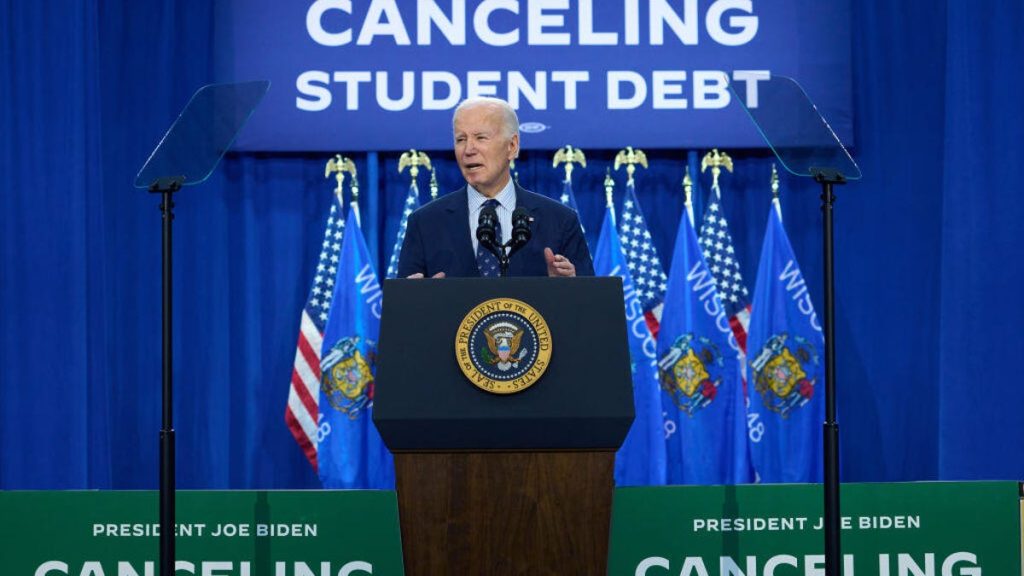A recent study has revealed that only one out of every ten borrowers with federal student loans has received some form of student debt relief. This finding highlights the significant challenges faced by millions of Americans struggling to repay their student loans. Despite efforts by the government and other organizations to provide relief options, a large portion of borrowers are still burdened by their debt.
The study sheds light on the disparities in access to student debt relief among borrowers. While some individuals have been able to secure relief through programs such as income-driven repayment plans or loan forgiveness, many others are not aware of these options or face obstacles in accessing them. This lack of awareness and accessibility contributes to the high percentage of borrowers who have not received any form of relief.
The impact of student debt on borrowers’ financial well-being is substantial. Many individuals are forced to allocate a significant portion of their income towards student loan payments, which can hinder their ability to save for the future or meet other financial obligations. This can have long-term consequences on their financial stability and overall quality of life.
Efforts to increase access to student debt relief programs are crucial in addressing the growing student debt crisis in the United States. By providing borrowers with information on available relief options and streamlining the application process, more individuals can benefit from these programs and alleviate some of the financial burden caused by their student loans. Additionally, policymakers must continue to explore new solutions to make student debt more manageable for borrowers.
The findings of the study underscore the need for more comprehensive and inclusive student debt relief policies. As the number of borrowers struggling with student loans continues to rise, it is imperative for the government and other stakeholders to prioritize this issue and implement effective solutions. By expanding access to relief programs and addressing the underlying causes of the student debt crisis, policymakers can help alleviate the financial burden on millions of Americans and pave the way for a more equitable and sustainable higher education system.
In conclusion, the study’s revelation that only one out of 10 borrowers with federal student loans has received some form of student debt relief highlights the challenges faced by individuals grappling with student loan debt. Efforts to increase access to relief programs, raise awareness of available options, and implement comprehensive solutions are essential in addressing the student debt crisis in the United States. It is crucial for policymakers to prioritize this issue and work towards creating a more equitable and sustainable higher education system for all borrowers.


